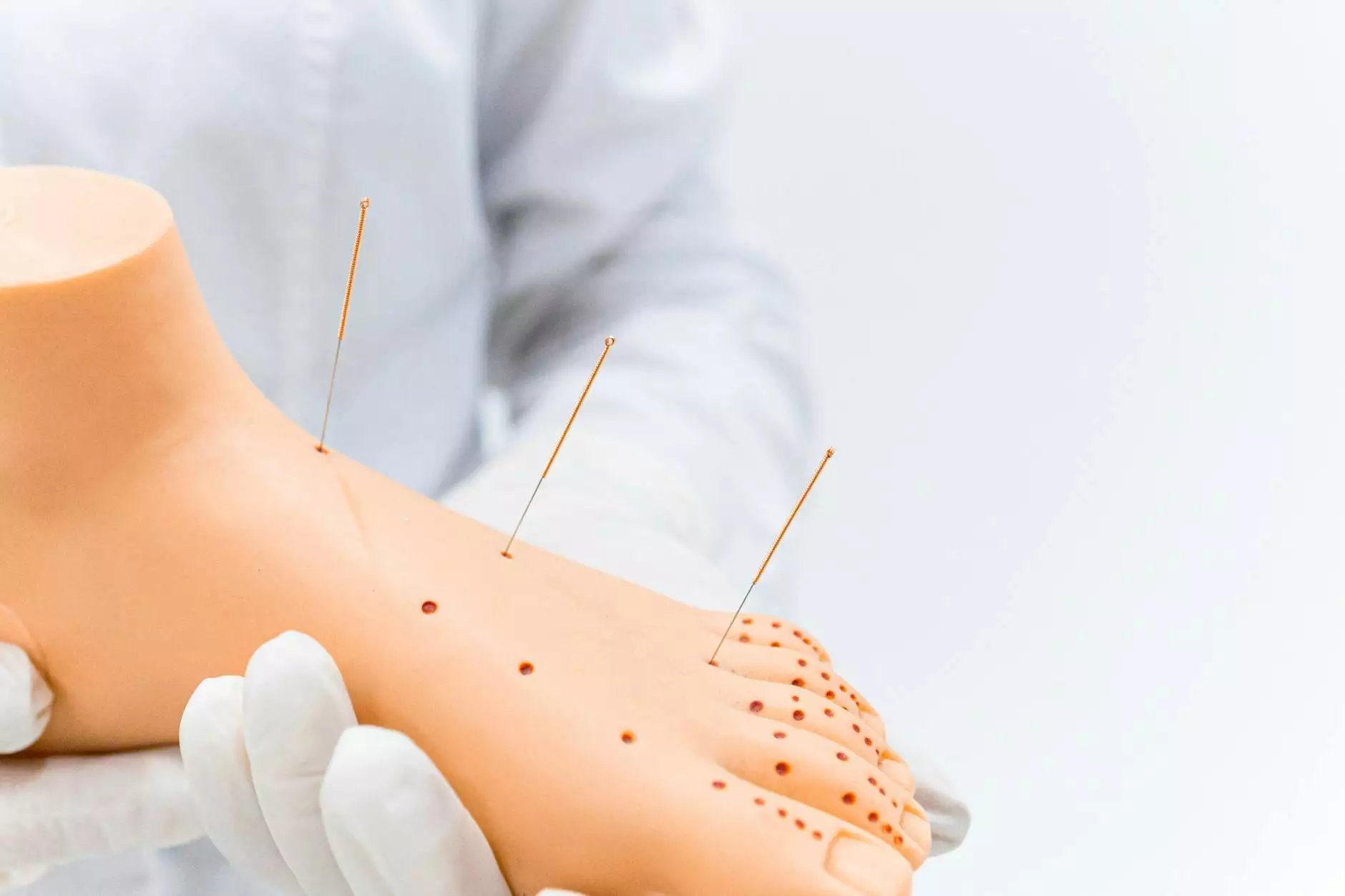The Complete Guide to Diagnosing Foot & Heel Pain
Blog
Introduction
Welcome to Regency Square Care Center's comprehensive guide to diagnosing foot and heel pain. As a trusted provider in geriatric and aging care, we understand the importance of maintaining optimal foot health for overall well-being. In this guide, we will delve into various aspects of foot and heel pain, including common causes, symptoms, and treatment options.
Understanding Foot and Heel Pain
Foot and heel pain can significantly impact daily activities and quality of life, especially for seniors. It is crucial to properly diagnose the underlying cause to develop an effective treatment plan. Here, we will explore some of the most common causes of foot and heel pain that individuals may experience.
1. Plantar Fasciitis
Plantar fasciitis is one of the leading causes of heel pain, characterized by inflammation of the thick band of tissue, known as the plantar fascia, that connects the heel bone to the toes. Individuals with plantar fasciitis often experience stabbing pain in the heel, especially in the morning or after prolonged periods of rest.
2. Heel Spurs
Heel spurs are bony outgrowths that develop on the heel bone due to constant strain or pressure on the plantar fascia. While many individuals with heel spurs may not experience any symptoms, some may experience localized heel pain or tenderness.
3. Metatarsalgia
Metatarsalgia refers to pain and inflammation in the ball of the foot. It is often caused by excessive pressure on the metatarsal heads due to certain activities or improper footwear. Symptoms of metatarsalgia may include sharp or aching pain, numbness, or a feeling of walking on pebbles.
4. Morton's Neuroma
Morton's neuroma is a painful condition that affects the nerve between the toes, typically the third and fourth toes. It commonly occurs due to nerve compression or irritation from wearing tight shoes or engaging in high-impact activities. Individuals with Morton's neuroma may experience pain, tingling, or numbness in the ball of the foot.
5. Achilles Tendinitis
Achilles tendinitis is the inflammation of the Achilles tendon, which connects the calf muscles to the heel bone. It often develops due to overuse or repetitive stress on the tendon. Symptoms include pain and stiffness in the back of the leg and above the heel.
Diagnosing Foot and Heel Pain
Effective diagnosis is vital for appropriate treatment and pain management. While it is always recommended to consult with a healthcare professional for an accurate diagnosis, understanding the potential diagnostic methods can provide insights into the process. Here, we outline some commonly employed methods for diagnosing foot and heel pain.
1. Physical Examination
During a physical examination, a healthcare professional will assess the affected area, looking for signs of inflammation, tenderness, or abnormalities. They may also inquire about your medical history and any recent activities or injuries that may have contributed to the pain.
2. Imaging Tests
Imaging tests such as X-rays, ultrasound, or MRI scans may be ordered to obtain a clearer picture of the underlying structure and identify any potential fractures, bone spurs, or soft tissue abnormalities that could be causing the pain.
3. Electromyography (EMG)
In certain cases, electromyography (EMG) may be recommended to evaluate the electrical activity of muscles and nerves in the affected area. This test can help diagnose nerve-related conditions such as Morton's neuroma or tarsal tunnel syndrome.
4. Blood Tests
While rare, blood tests may be performed to rule out any underlying systemic conditions that could contribute to foot and heel pain, such as rheumatoid arthritis or gout.
Treatment Options
Treatment for foot and heel pain depends on the underlying cause and severity of the condition. Below, we explore various treatment options that healthcare professionals may recommend:
1. Rest and Ice
For mild cases of foot and heel pain, rest and applying ice packs to the affected area can help alleviate inflammation and reduce pain. This approach is often recommended for conditions like plantar fasciitis and metatarsalgia.
2. Medications
Nonsteroidal anti-inflammatory drugs (NSAIDs) may be prescribed or recommended over-the-counter to manage pain and reduce inflammation. Topical ointments or creams can also provide temporary relief from discomfort.
3. Physical Therapy
A healthcare professional may suggest physical therapy exercises, stretching, or specialized footwear to improve foot and ankle strength, flexibility, and alignment. Physical therapy can be highly beneficial for conditions like Achilles tendinitis or plantar fasciitis.
4. Orthotic Devices
Orthotic devices, including shoe inserts, foot pads, or custom-made orthotics, can provide support, alignment, and cushioning to alleviate pressure and reduce pain. These devices are often recommended for conditions such as flat feet or heel spurs.
5. Surgical Intervention
In severe cases or when conservative treatments fail to provide sufficient relief, surgical intervention may be considered. Surgical procedures aim to correct underlying issues and restore proper foot functionality. However, this is typically viewed as a last resort option.
Conclusion
As with any health concern, it is important to address foot and heel pain promptly to prevent further complications and ensure a better quality of life. The information provided in this complete guide will help individuals experiencing foot and heel pain gain a better understanding of their condition and potential treatment options.
At Regency Square Care Center, we specialize in geriatric and aging care, including the diagnosis and management of foot and heel pain. Our experienced healthcare professionals are dedicated to providing comprehensive care tailored to the specific needs of our patients. Contact us today to schedule an appointment and take the first step towards reclaiming your foot health!




